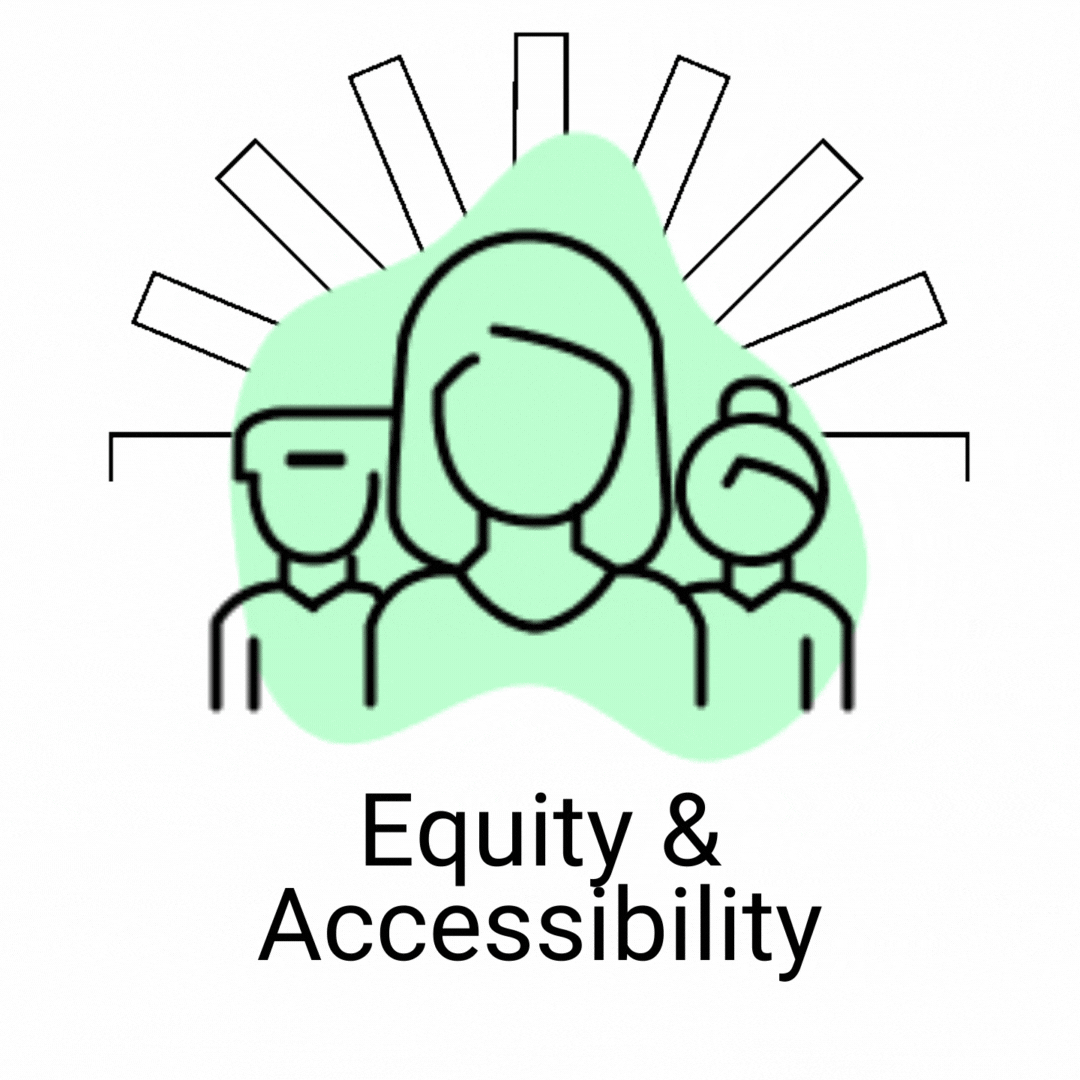Overview
One of the enduring challenges in statewide transportation planning is that consistent population travel data remains scarce, particularly for underserved and rural communities. Planning models are often only estimated using survey data collected by Metropolitan Planning Organizations for the urban areas, not for rural communities. This is changing with the availability of large-scale ICT data that has been used by Replica to develop a nationwide synthetic population that includes travel and activity data.With this unique data opportunity, it is now possible to develop behavioral models that can account for individuals in underserved communities.
This means it is potentially possible to estimate discrete choice models for a range of different population segments such that new mobility scenarios can be analyzed to determine the forecasted ridership, revenue to those services, and change in consumer surplus for each individual and each population segment. In other words, we would be able to use the behavioral models to evaluate, for example, the change in consumer surplus to seniors living in Utica, NY, based on a new mobility service that has a region allocated there. This unprecedented level of detail in equity analysis can provide support for statewide policymaking and programming.
However, challenges to this approach remain. Replica has developed a consistent, nationwide activity – based synthetic population that can be used by local agencies across the country. In partnership with them, we propose to use the NY State data to build out a behavioral response decision support tool designed to measure impacts on equity for different transportation systems design change. Discrete choice models will be developed for up to 8 different population segments divided over three binary dimensions ( e.g. age, income, essential workers ) for tour – based mode choice. A novel methodology based on inverse optimization will be used so that deterministic heterogeneous parameters can be derived for each individual. This allows more consistent, interpretative behavioral response modeling in optimizing service design, including large – scale maximization of equity in service region design. This will identify underserved communities in rural areas that would best benefit from introducing new mobility services under a fixed statewide deployment budget.
Research Objectives
With this model, researchers will be able to discern spatial heterogeneity in the parameters, which will further allow us to conduct insightful elasticity and welfare analysis for the existing modes. After that, several optimizations can be conducted:
- Develop an algorithm: Given a fixed fleet budget, select service regions for last mile mobility access to maximize consumer surplus for general population versus for each of the three dimensions of population segments (Age > 62, Income < median,Essential workers) to identify equity disparities in achieving optimal deployments when different communities are considered.
- Develop an algorithm that can optimize the assortment of multiple service types’ service regions and prices such that vertical equity across population segments’ consumer surplus is achieved
At the conclusion of this research, NYSDOT will have an original tool that will allow them to measure impact of investments on different underserved communities in the state. The tool will enable policymakers in NYS (including partner mobility services) to design pricing and assortment strategies to customize their services for different population segments.
Related Media



